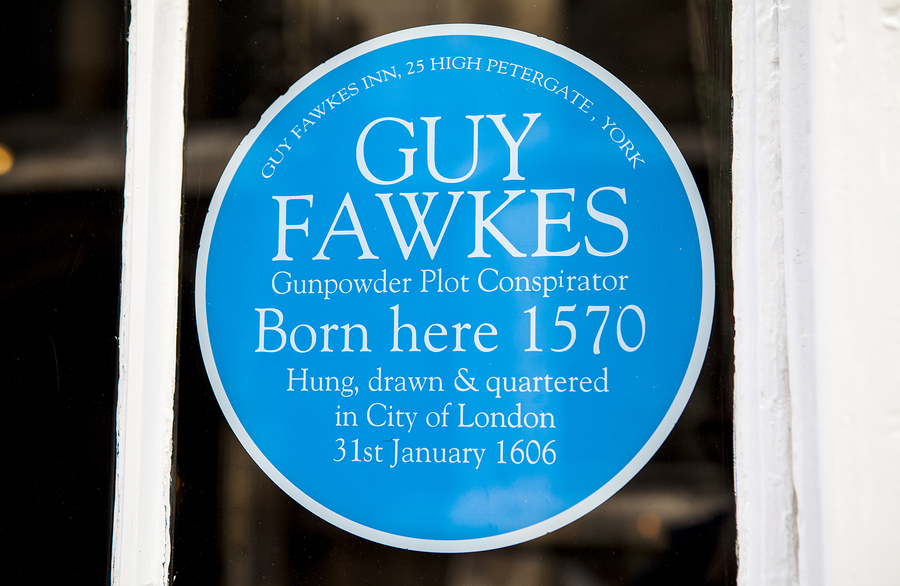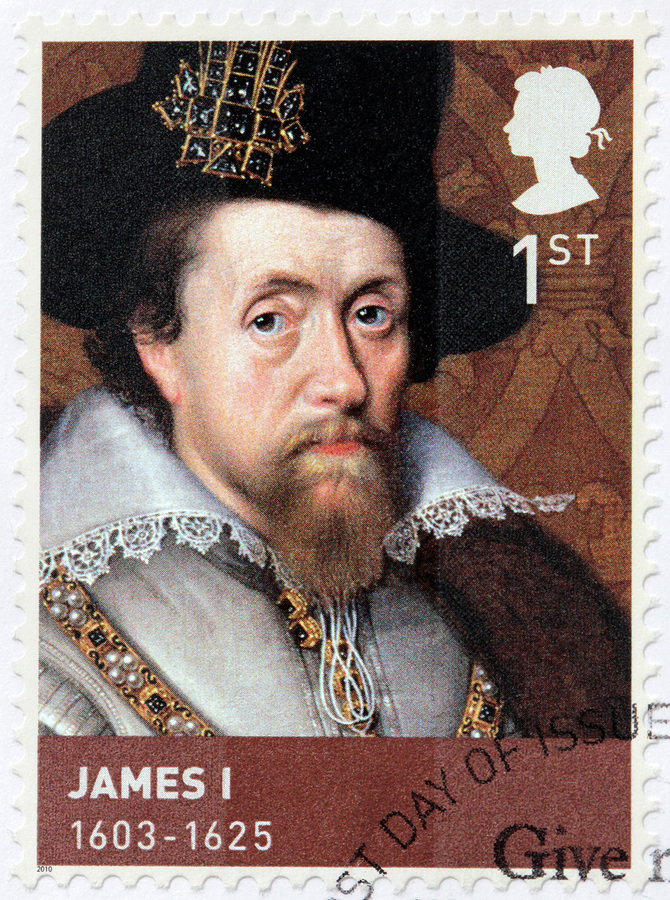WHETHER you’re British-born or from abroad, most of us in the UK eagerly await the arrival of Bonfire Night. It is an evening, celebrated annually on November 5th, punctuated by parties, fireworks and of course, bonfires. Oh, and there’s always some chatter about someone named Guy Fawkes. What’s this all about then?

Who is Guy Fawkes?
In 16th Century Britain, there was a great divide between Catholics and Protestants, accentuated by the Pope’s failure to recognize King Henry VIII’s ideas about divorce and the King’s resultant decision to split from Rome and name himself head of the Protestant church in England. In 1570, in a climate of religious tension, Guy Fawkes was born into a Yorkshire family of mixed religions – primarily Protestant but later raised by Catholic grandparents and a widowed mother who remarried Catholic. After converting to Catholicism, he left Britain at age 21 to fight for Spain against the Protestant Dutch republic in the Eighty Years War. Back in England, when King James I took power in 1603, he upset the tenuous balance of religious tolerance by ordering all Catholic priests to leave the country. This sparked a growing rebellion against the crown and Fawkes campaigned the Spanish King to support the uprising back in England against King James I.

The Gunpowder Plot
After the Spanish King, Philip III, refused to support the British uprising, Fawkes was approached by Thomas Wintour and asked to join what would later become known as the Gunpowder Plot. Under the leadership of Robert Catesby, several young Catholic men from the Midlands plotted to blow up the King, as well as the House of Lords and the House of Commons. The plan was to place 36 barrels of gunpowder in the cellars beneath the Palace of Westminster, directly below where the King would be sitting during the ceremonial opening of Parliament.
After an anonymous letter was sent to Catholic nobleman Lord Monteagle, warning him to stay away from Parliament, and later passed to King James I’s most important minister Robert Cecil, the plot was revealed. Fawkes was arrested on the morning of 5 November 1605, in a cellar under the House of Lords next to 36 barrels of gunpowder and a box of matches. While he actually played a relatively minor role in the plot, Fawkes is most widely known because it was he who was caught red-handed under the Houses of Parliament, refused to speak under extreme torture, and was publicly executed.

From Treason Foiled to Bonfire Celebrations
Bonfire celebrations began in 1605, the very same year as the failed Gunpowder Plot. It was a form of thanksgiving that the King had been saved, initiated by Protestant citizens. The rituals have evolved since then, first with the introduction of Guy Fawkes effigies thrown onto the pyre and then with fireworks displays. Bonfire Night is not just celebrated in the UK. As late as the 18th Century, it was celebrated in the US state of New England as "Pope Day". Today, bonfires are still lit on November 5th in parts of New Zealand and Newfoundland in Canada.